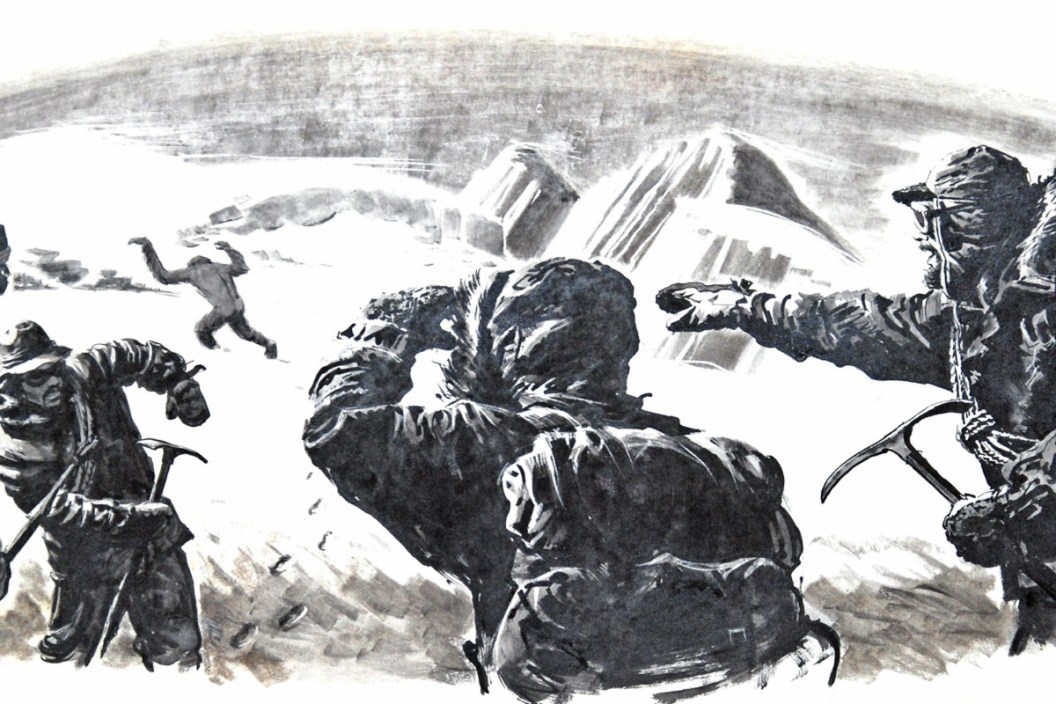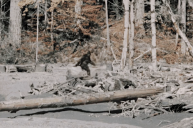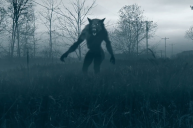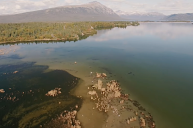Perhaps the most famous cryptozoological tale is the legend of the Yeti. You probably know it as the "abominable snowman" in the Himalayan Mountains of Asia and stop-motion animated Christmas movies. Many people find the Yeti's existence more believable than North America's Bigfoot or sasquatch. Maybe that is because it is experienced mountain men and sherpas who often are the ones to report sightings of the ape-like creature. Another part of it is because, unlike other mythical creatures, actual, alleged remains of the snow monster have been recovered and stored away in private collections for decades.
The Himalayan Yeti is a fascinating legend, one that even captivated the imaginations of Sir Edmund Hillary and sherpa Tenzing Norgay, the first two people to summit Mount Everest. However, proving the existence of the Yeti has proven quite troublesome, despite numerous expeditions searching for it. It's only through modern science that we're starting to better understand the most likely explanations for sightings regarding the Yeti.
A Brief History of the Yeti Monster
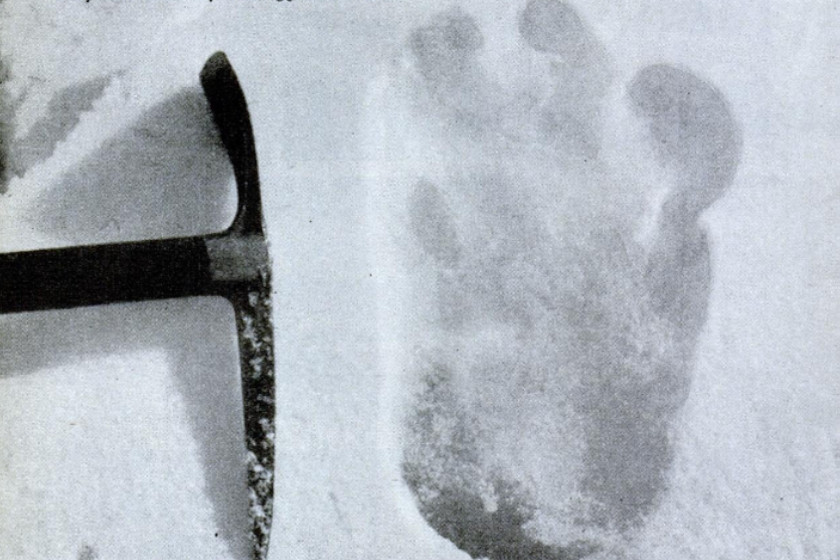
Wikimedia Commons: Gardner Soule
The Yeti legend stretches back thousands of years. Much like the North American sasquatch, many generations of Indigenous Himalayan people passed down stories of hairy, humanoid-like creatures. The beast goes by different names; most usually describe the same type of bipedal creature and roughly translate to "wild man." The stories didn't travel much beyond Nepal, Tibet, Bhutan, China, India, and Russia until the beginning of the 20th century, when Westerners began to scale the mountains. Around this time, the creature first received the nickname "the abominable snowman."
Several reports of unknown primates and mysterious footprints emerged over the next 20 years. However, the monster didn't hit the big time until climber Eric Shipton took some of the first photos of an alleged set of yeti footprints near Menlung Glacier in 1951. One of his photos, showing a track with an odd collection of toes next to an ice pick, has been cited by believers as proof of the creature's existence. The picture is one of the most famous pieces of Yeti evidence ever found. The footprints became one of the inspirations behind the 1957 film "The Abominable Snowman," starring Forrest Tucker and Peter Cushing. The tracks were about 5 inches wide by about 12 inches long, and a long string of them ran down the glacier. Shipton said he found these footprints at an elevation of nearly 17,000 feet, which believers have claimed is too high for any known animals of the Himalayas.
Two years later, Hillary and Norgay also reported seeing footprints during their first successful peak ascent. In the years that followed, many Westerners charted many expeditions that sought evidence of the creature's existence. Texas businessman and adventurer Tom Slick was an organizer of one such trip. In 1959, one of his expeditions discovered alleged Yeti droppings. They also learned of a suspected Yeti scalp and bony hand at the Pangboche monastery in Nepal. A monk allegedly collected these remains when he encountered the creature in a cave while meditating. The beast reportedly died of natural causes. This hand became known as the "Pangboche Hand." A Slick expedition member took parts of the hand for scientific analysis. More on that finding later.
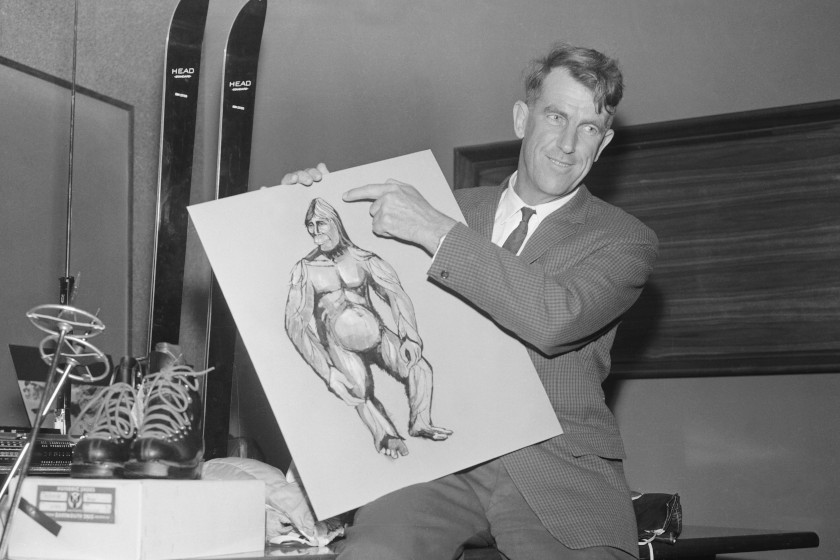
Bettman via Getty Images
One year after that, Hillary (pictured above) returned to the Himalayas on his nine-month expedition for the creature. This trip resulted in discovering another scalp at another monastery, this one in Khumjung. Hillary was allowed to borrow this sample for scientific analysis. In the decades since then, many scientific expeditions and documentary film crews have ventured into the inhospitable Himalayas, hoping to find the mysterious cryptid (a creature whose existence is believed by some but has not been proved). And many have brought back some compelling pieces of evidence that seemed like a slam dunk at first. That was until the scientific community had a chance to examine everything closely.
Plausible Explanations For the Yeti
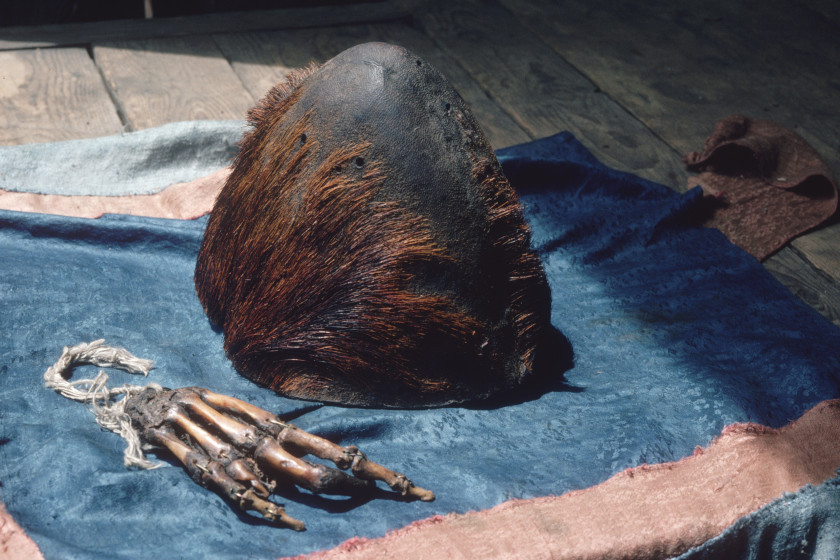
Ernest Haas via Getty Images
Scientists have been understandably skeptical of the legend of the Yeti. However, considering the Slick and Hillary expeditions had come away with remains, it seems as if the results should already prove the story of the Yeti. After all, the lack of a body has been one of the biggest reasons skeptics often dismiss tales of Bigfoot or the Loch Ness monster. However, these remains appear to be a classic example of appearances being deceiving.
Let's look at the Khumjung scalp first. That was the one famously found in the monastery by Hillary in 1960. Hillary dragged around the scalp worldwide, looking for scientific opinions on the matter. Sadly, Hillary's excitement turned to disappointment when he took it to London. Experts determined the scalp likely came from a serow, a small, goat-like creature native to the Himalayas.
OK, how about the scalp and hand found at Pangboche monastery in 1959? An amusing urban legend claims actor Jimmy Stewart helped smuggle a finger taken from the hand back to London by hiding it in his wife's luggage. In any case, upon further examination, scientists suspected the finger was likely human. According to the BBC, science later confirmed this suspicion in 2011 after the advancement of DNA testing.
That wasn't the only time DNA testing ruled out the possibility of an unknown creature in the Himalayas. In 2017, one of the most extensive studies of alleged Yeti samples and remains took place. Researchers with the State University of New York analyzed nine other samples claimed to be from a Yeti. Of those nine, one came from a dog, and the other eight came from Himalayan brown bears and black bears. This wasn't the only time science had pointed at bears as an explanation for the Yeti. A 2013 study also concluded that two hair samples taken hundreds of miles apart resembled an ancient polar bear. Many scientists had long held that many sightings could probably be explained away as bear sightings.
And as for all those mysterious footprints found over the years, many skeptics also have an explanation for those. They claim many belong either to humans or bears. However, the prints get misidentified after melting, causing them to lose their definition and grow more significant than they originally were.
It's worth noting that sightings of the Yeti are still reported to this day. We know it's disappointing for believers that skeptics don't accept eyewitness reports. It's probably even more frustrating when science must be the bearer of bad news on almost every single piece of evidence produced about the Yeti. However, it's also worth noting that science cannot necessarily disprove the creature's existence either. And until someone can prove the Yeti is real without a shadow of a doubt, we're guessing the legend of this creature will continue to capture the imagination of explorers everywhere.
For more outdoor content from Travis Smola, follow him on Twitter and Instagram. Check out his Geocaching and Outdoors with Travis YouTube channels for original videos.
